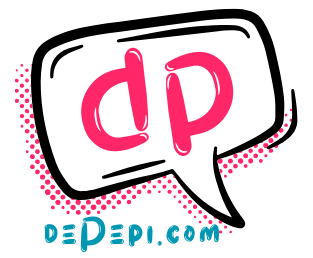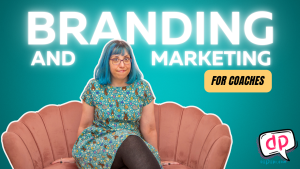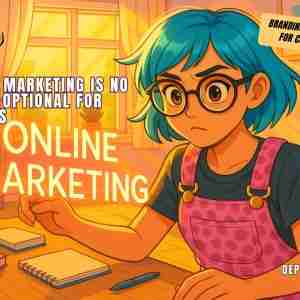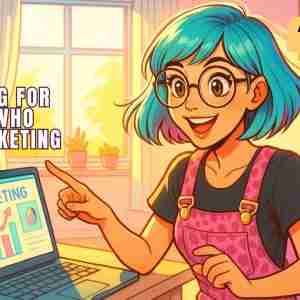LinkedIn Lead Generation for Coaches
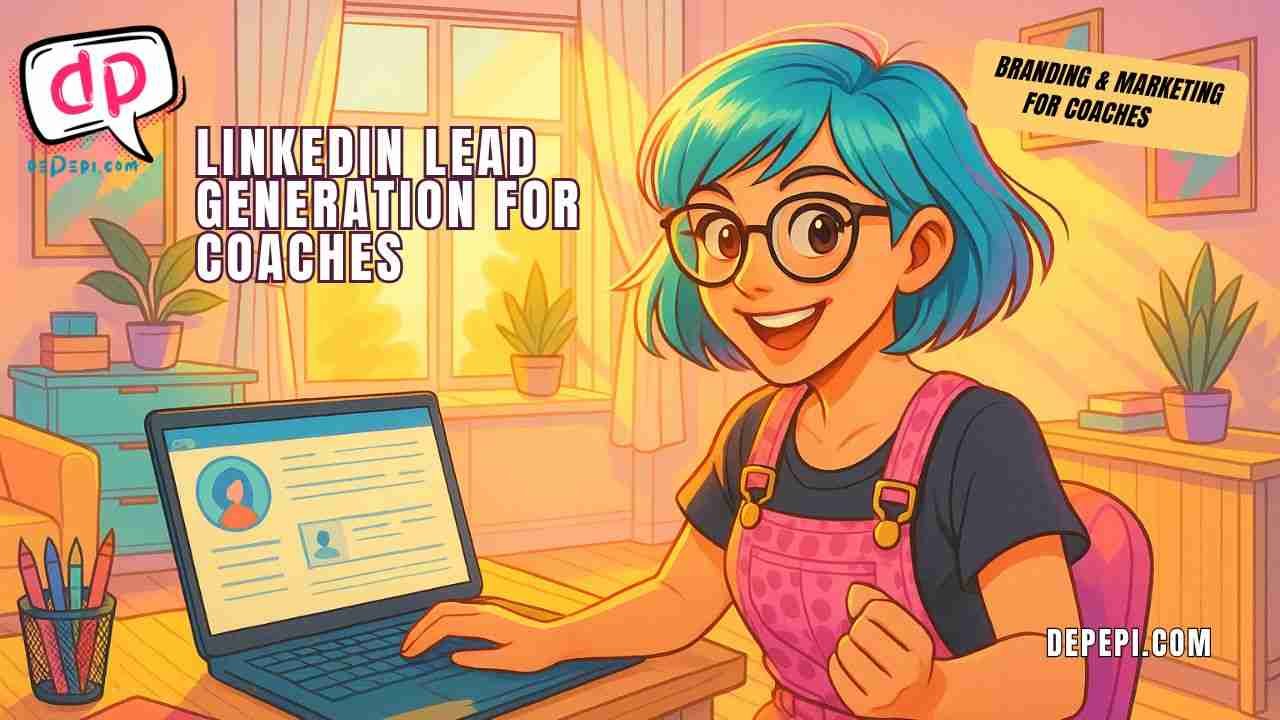
Today, we’ll talk about how to attract coaching clients without spammy tactics using LinkedIn lead generation. Coaches have leaned on word-of-mouth, networking events, or occasional Instagram posts to find new clients for years. But today, that’s no longer enough—especially if you want to scale beyond your local circle.
LinkedIn was once seen as a job seeker’s tool or corporate resume depot. It has transformed into one of the most powerful lead generation platforms for coaches, consultants, and service providers. It’s where professional decision-makers gather, learn, and seek solutions. And if you’re a coach, whether you specialize in executive leadership, life transitions, wellness, or mindset, LinkedIn is a goldmine for attracting clients without cold DMs or expensive ads.
That said, you can’t just show up and expect leads to roll in. You need strategy, consistency, and a deep understanding of how LinkedIn works today.
Why LinkedIn Lead Generation Matters for Coaches
The Audience Is Already Primed
LinkedIn users aren’t mindlessly scrolling for memes. They’re looking for opportunities, solutions, or personal growth. A recent study found that over 40% of LinkedIn users use the platform daily, and many are in career transitions, new leadership roles, or growth phases where coaching is relevant.
This isn’t Facebook or TikTok. People on LinkedIn expect to find professional services, including coaching.
Organic Reach Still Works
Unlike other platforms that throttle content unless you pay, LinkedIn still rewards organic posts, especially if they spark conversation. This gives solo coaches an edge over ad-heavy industries.
Trust Is Built-in
LinkedIn shows mutual connections, career histories, and public endorsements. This transparency builds credibility faster than on anonymous platforms. Coaches who nurture authentic connections are often recommended by past clients directly on the platform.
Turning Your Profile Into a Lead Magnet
Your LinkedIn profile serves as your online landing page. It’s the first impression most people get of you. And yet, many coaches treat it like an afterthought, cluttered with outdated titles or corporate jargon.
Here’s how to shift from “online resume” to client attraction machine.
Headline: Say What You Actually Do
Stop hiding behind vague titles like “Coach” or “Founder.” Use your headline to speak directly to your client’s pain point or aspiration.
Example of a weak headline
“Certified Life Coach | Leadership Trainer | Speaker”
Example of a strong headline
“I help new managers become confident leaders—without burning out. Leadership Coach | Virtual Workshops | 1:1 Mentorship”
This immediately tells people:
WHO you help
WHAT you help them do
HOW you deliver the service
About Section: Make It About Them
Your summary isn’t your autobiography—it’s a mini sales page. Most coaches load their about sections with credentials instead of focusing on their audience. And that is a mistake.
You need to make it about them, not about you. It’s about their transformation, not how good you are.
The structure:
Hook: Grab attention with a problem or desire your clients have.
Story: Share a brief personal connection to the problem or your method.
Solution: Explain how you help.
Next Step: Invite connection or conversation.
Be conversational and avoid jargon (unless your clients are other coaches).
Featured Section: Showcase Social Proof and Offers
LinkedIn lets you “pin” featured links or media. Use this space wisely:
Link to a free guide or webinar
Highlight a powerful client testimonial
Share a video introduction or success story
This creates a funnel right from your profile—no cold pitch required.
Experience: Translate Jobs Into Client Wins
Even if you have a corporate past, make your experience client-focused. For example:
- Instead of: “Executive Coach at GrowthEdge Coaching”
- Try: “Partnered with over 50 senior leaders to reduce overwhelm and lead high-performing teams with clarity and empathy.”
This subtle shift positions you as someone who gets results, not just someone with a title.
Need Help?
Join Branding and Marketing for Coaches. We recently went through a workshop dedicated entirely to LinkedIn and gave many real examples with great profiles to get inspiration from.
Branding and Marketing for Coaches (Life, Health, Wellness)
Content Strategy: Building Awareness and Trust
Posting on LinkedIn isn’t optional if you want inbound leads. But you don’t need to post daily or become a “LinkedIn influencer.” You just need a consistent, valuable content rhythm. [However, if you can make it posting as often as you can, it’ll have better results.]
What Should Coaches Post?
1Personal Insights & Lessons
Share moments from your coaching practice (anonymized, of course). Talk about leadership challenges, mindset shifts, or wellness tips. Make it relatable and real.
Client Wins (Without Breaching Confidentiality)
Highlight success stories in a way that inspires others. For example:
“Last month, I worked with a client transitioning from tech to non-profit leadership. Her biggest fear? ‘What if I’m not qualified enough?’ After 6 sessions, she landed her dream role—because she finally owned her transferable skills.”
These posts build trust and demonstrate proof without resorting to hard selling.
Commentaries on Industry News
React to leadership trends, burnout articles, or wellness studies. Position yourself as a thought leader in your niche.
Educational Micro-Lessons
Teach something. Keep it short and actionable. For example:
“3 questions I give every client who’s stuck in analysis paralysis.”
“A breathing exercise I use before high-stakes conversations.”
This builds authority and goodwill.
Behind-the-Scenes Moments
Show your human side: your desk setup, your morning routine, your favorite coaching book. People connect with people, not brands.
The 80/20 Rule
80% of your content should educate, inspire, or engage.
20% can invite people to work with you.
This keeps your feed valuable, not salesy.
Networking: Building Relationships That Lead to Clients
Leads don’t fall from the sky. They come from relationships. But that doesn’t mean spamming inboxes. You need to be strategic in networking and patient. This takes time.
Thoughtful Connection Requests
When you send a request, add a personalized note. Mention:
Something you admired in their post
A shared connection
A reason for connecting (not selling)
This starts the relationship without triggering spam alarms. However, beware: this will only work if you have already been commenting on their posts for some time.
Engage Before You Pitch
Before sending a message, comment on their posts first, like their content, and build rapport in public. This primes the connection for meaningful conversations.
Use Direct Messaging for Conversations—Not Pitches
When you DM someone, make it about them. Ask questions and share resources. Listen more than you talk. This positions you as helpful, not predatory.
The Danger of Aggressive Lead Gen
Here’s where things get tricky.
A lot of “LinkedIn lead generation experts” will tell you to automate outreach, send hundreds of DMs, and close leads fast. However, this strategy can damage your reputation and potentially result in a ban.
LinkedIn has cracked down on spammy behavior. Aggressive connection requests, message blasts, and automated sales pitches violate their terms of service.
More importantly, it erodes trust. Coaching is personal. People don’t want to feel like a transaction.
Coaches who play the long game, building genuine relationships and staying human, win the trust (and the clients).
Tracking Success on LinkedIn
Don’t obsess over likes. Focus on business-relevant metrics:
| Metric | What it says |
|---|---|
| Profile views | Indicates inbound interest. Did your content drive curiosity? |
| Connection requests received | Shows your visibility is working. |
| Meaningful conversations started | Track DMs that lead to genuine dialogue, not just superficial conversation. |
| Discovery calls booked | Your ultimate lead gen metric. |
| New clients closed | The bottom line. |
Use tools like LinkedIn’s analytics dashboard or external CRMs to track these over time.
In Short…
LinkedIn isn’t magic. It’s a tool. But when used with care, it becomes a lead generation engine that feels natural, human, and aligned with your values.
Coaches who master LinkedIn:
Don’t chase clients; they attract them.
Don’t pitch strangers; they build relationships.
Don’t rely on cold outreach; they create communities of trust.
The result? A steady flow of aligned, high-value clients who come to you, not the other way around.
